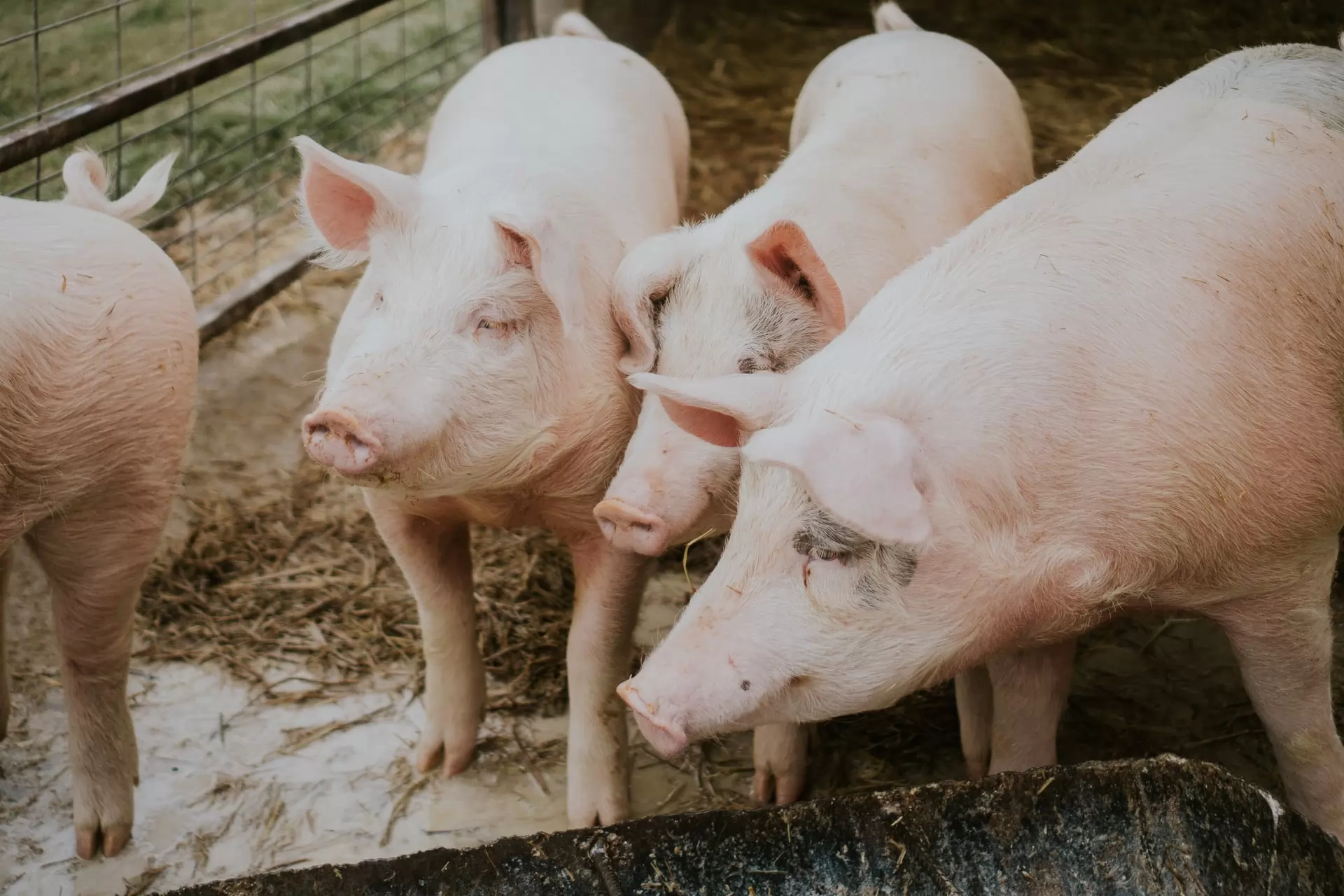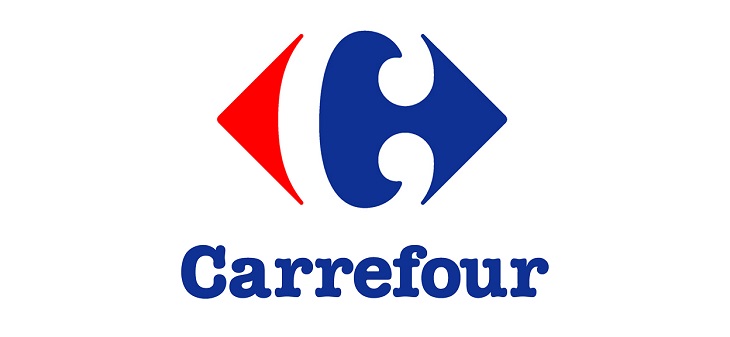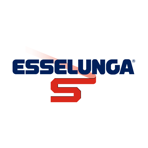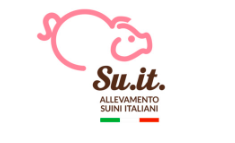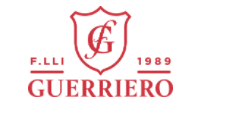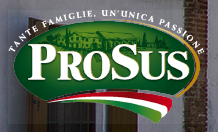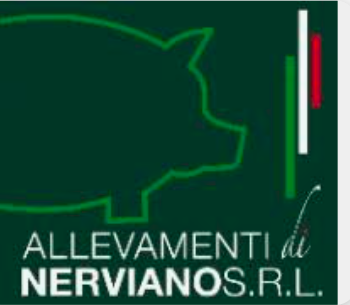Summary
to understand this market
Detailed content
 Inforamtion
Inforamtion
- Number of pages : 30 pages
- Format : Digital and PDF versions
- Last update : 13/12/2022
 Summary and extracts
Summary and extracts
1 Market Overview
1.1 Definition and presentation
The pig is a domesticated mammal raised for its meat; like all animals, pigs come in a variety of breeds and origins, each with distinct tastes and attributes. The Eastern breed produces fattier meat useful for lard, while the European breed produces leaner, more prized meat; the most prized breed is the Mangalica, a rare Hungarian pig from which some of the finest meat in the world is obtained. Pork has many different cuts and cooking methods, but it is mainly distinguished as fresh or processed meat. Not all religions allow the use of pork in cooking, among them the Jewish religion and Islam. The world pig population is currently in decline, with China's pig herd suffering significant losses due to African swine disease in 2018-2019. As a result of the disease, there have been a series of compulsory cullings, and significant amounts of Chinese meat have been drowned in international markets. China, on the other hand, has started importing massive amounts of pork since 2019, causing pork prices to skyrocket.
The global pork market was valued at $236,112.7 million in 2019, and is expected to grow at a CAGR of 3.9 percent from 2021 to 2027, reaching $257,874.5 million by 2027.
Pork in Italy is an integral part of the culinary culture; in fact, Italy is the home of the highest quality pork sausages and fresh butchered meat. From northern to southern Italy, pork is handled with extreme care and sold in specialized butcher shops, delicatessens, or supermarkets. The vast majority of pigs raised in Italy are bred in the north. Expertise in developing large pigs weighing more than 160 kg for the production of ham is a distinctive feature of Italian pig farming. More than 10 million pigs are slaughtered each year in Italy, compared with about 252 million pigs slaughtered in Europe. After the small recession due to the pandemic, Italy is increasing its production and especially has resumed exporting Italian pork.
All our studies are available online in PDF format
Take a look at an example of our research on another market!
Companies quoted in this study
This study contains a complete overview of the companies in the market, with the latest figures and news for each company. :
 Choosing this study means :
Choosing this study means :
Access to more than 35 hours of work
Our studies are the result of over 35 hours of research and analysis. Using our studies allows you to devote more time and added value to your projects.
Benefit from 6 years' experience and over 1,500 industry reports already produced
Our expertise enables us to produce comprehensive studies in all sectors, including niche and emerging markets.
Our know-how and methodology enable us to produce reports that offer unique value for money.
Access to several thousand articles and paid-for data
Businesscoot has access to all the paid economic press as well as exclusive databases to carry out its market research (over 30,000 articles and private sources).
To enhance our research, our analysts also use web indicators (semrush, trends, etc.) to identify market trends and company strategies. (Consult our paying sources)
Guaranteed support after your purchase
A team dedicated to after-sales service, to guarantee you a high level of satisfaction. +44 238 097 0676
A digital format designed for our users
Not only do you have access to a PDF, but also to a digital version designed for our customers. This version gives you access to sources, data in Excel format and graphics. The content of the study can therefore be easily retrieved and adapted for your specific needs.
 Our offers :
Our offers :
the pork market | Italy
- What are the figures on the size and growth of the market?
- What is driving the growth of the market and its evolution?
- What is the positioning of companies in the value chain?
- Data from several dozen databases
5 reports pack (-15%) IT Italy
- 5 reports at €75.6 excluding VAT per study to choose from our Italian catalogue for 12 months
- Save 15% on additional studies purchased
- Choose to be refunded any unused credit at the end of the 12-month period (duration of the pack)
See the terms and conditions of the pack and the refund of unused credit.
